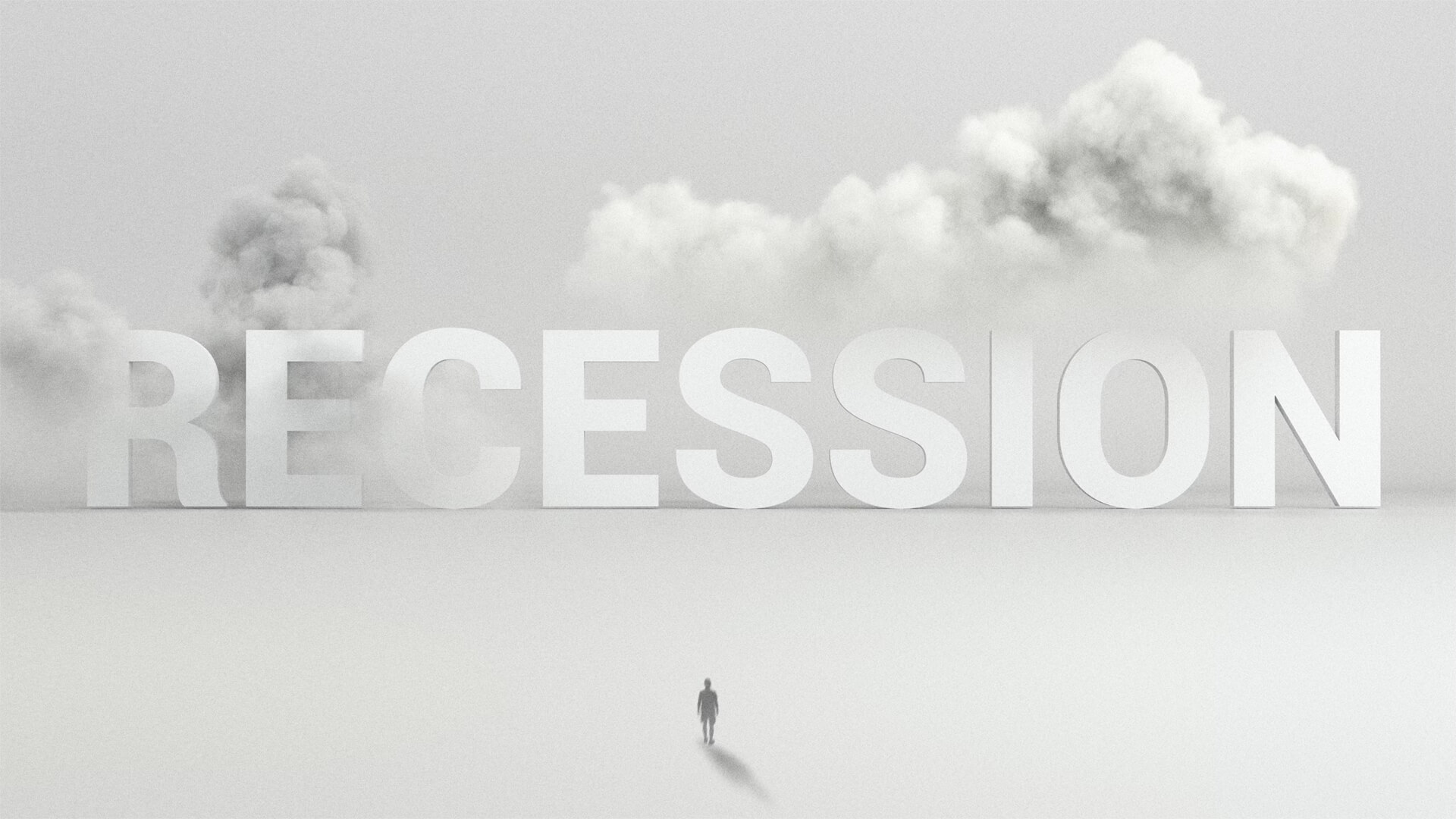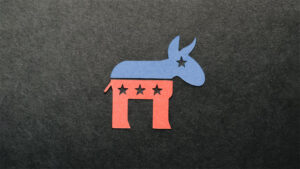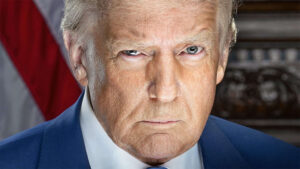Everyone, get your calendars out and draw a big red circle around July. Why? Because a recession could be coming.
The tariff war caused a huge drop in imports from China, with transpacific shipments falling to historic lows. Trump has since backed off the gas, but the supply gap could strain US inventories. If those stockpiles run out, a recession will follow in short order. And we can say thanks to the erratic policy for this recession, as consumer demand and investments have remained steady.
But the real point of this video is to give you a tool to monitor early signs of economic trouble: first-time unemployment claims. What we’re seeing right now is a rise in claims, when all other economic signs say that unemployment should be falling. There are some specifics and nuance to this, but it’s a good starting point.
Link to the tracker: https://fred.stlouisfed.org/series/ICNSA
Transcript
Hey all, Peter Zeihan here come to you from Colorado today. We’re going to give you a benchmark that you can evaluate for the status of the United States economic expansion slash recession. Quick reminder, I’m of the belief that July is going to be the critical month. And the reason is an
interruption in shipments, of product from the rest of the world, most notably China, when Trump started the tariff war back in early April, we quickly got into a shouting match with the Chinese that saw bilateral tariffs go over 150% and cargoes just stopped moving.
Functionally, it wasn’t a tariff was an embargo. And we have had more transpacific shipments canceled, since then than what happened during the entirety of Covid times five. So the last of the pre tariff ships arrived in New York at the end of May. And we’re now in this complete drought and probably in July, we’re looking at the consumption rate of the American economy overwhelming what was stored in terms of inventories from companies that kind of pre surged imports into the country.
The question is the problem is the reason I can’t be any more specific than that is that Trump then gave in on the tariffs in order to restart talks with the Chinese. He did that about a month ago now. So we’ve had roughly a two month period with almost no sailings and then they’ve restarted. No, those new sailings haven’t reached the United States yet.
They’ve only now started to leave Chinese ports. So we’ve got this gap where product is going to be insufficient. And the question is whether the inventories that have been built up are enough, and there’s no way to know. We don’t have a good enough data on the inventories to know. But July is when the rubber is going to hit the road.
And we’re going to find out this is a really weird recession because everything else, whether it’s capital formation, retail sales and investment levels, has actually been pretty robust, has been for a couple of years. We’re dealing with a policy recession caused by really, really crazy easy decision making. And Washington has a very Venezuelan, Zimbabwe and Greek feel to it.
And one of the weird things about that is it means you can schedule when the, recession is going to happen because everything else is kind of holding steady. So July is when we’ll find out. Now, the reason I’m bringing this up today is because we’ve got a measure that I want to make sure that everybody understand.
It’s called first time unemployment claims. There’s a lot of pieces of data that economists look at for various reasons. But the problem with most of this data is it’s only as good as the data collection. And usually there’s a huge lag. So for example, retail sales, great measure, but they can’t finish collating all the data right away.
It takes 6 to 7 weeks before the data comes out. So if we have low retail sales in July because of, insufficient inventory, we’re not going to know that until September. And by then it’s too late. Same thing goes for the Department of Labor’s estimate on job creation. It’s an estimate that is based on a series of estimates that are based on a series of more estimates and surveys.
And so I don’t want to call it a made up number. It’s one of the best things we’ve got. But it’s not a real data point. But first time unemployment claims are because when people go to file for unemployment assistance, they do it right when they lose their job. And it’s a real number. Now, the data increase from today indicated that first time unemployment claims in the United States has risen to hit 248,000 people. Under normal circumstances, I would not even blink at this number. It’s actually a pretty good number because normally when you hit 300,000 or below, it means that not a lot of people are losing their jobs. The job market is strong. It’s when you hit 400,000 jobs or higher that you’re getting the danger territory, and 3 to 400 requires a little bit of loosey goosey analysis.
So under 300 should be fine, but it shouldn’t be rising at all. Two things going on here. The first is industrial construction spending, another number that I figure has basically been flat ever since Trump came in. We’ve now had 140 tariff changes since the 20th of January. Trump has made it very clear that, especially for a major trading partners, in the next two weeks, there’s at least another 20 tariff policies coming in.
They are still working on secondary sanctions for Venezuela. Congress is talking secondary sanctions for Russia. And we still have semiconductor and agricultural tariffs that are supposed to be just around the corner, although the US now has been just around the corner for two months. There’s more coming and as long as that is the case, no one knows what the rules of the game are and no one wants to break ground.
So industrial construction spending hasn’t dropped. Everyone’s still finishing the projects they were on, but this should be a job creation story and it’s not so. First time unemployment claims should be going down and they’re going up. And even though they’re still well below the threshold, I normally worry about, I’m a little bit more worried. Second problem is the baby boomers are always the baby boomers.
Over two thirds of them are retired, which means that the balance in the economy between number of workers and number of non workers is in the process of shifting by the greatest proportion since the baby boomers entered the markets back in the 60s, which means a lot of our benchmarks might need to be readjusted because that balance is shifted.
And when you remove that many workers from the economy, workers who are retiring, not workers who are being fired, then maybe that 300 to 400,000 arc in first time unemployment claims should actually be revised down to maybe 250 to 350, because there’s fewer people to theoretically lose their jobs. We’ll have to find a new equilibrium on that as years go ahead, all of the baby boomers will be out of the market the next few years.
But we live in the now. Anyway, so here’s a QR code for first time unemployment claims as garnered by the fed every single week. It is one of the measures I am watching most closely and now so can you.








